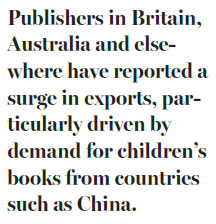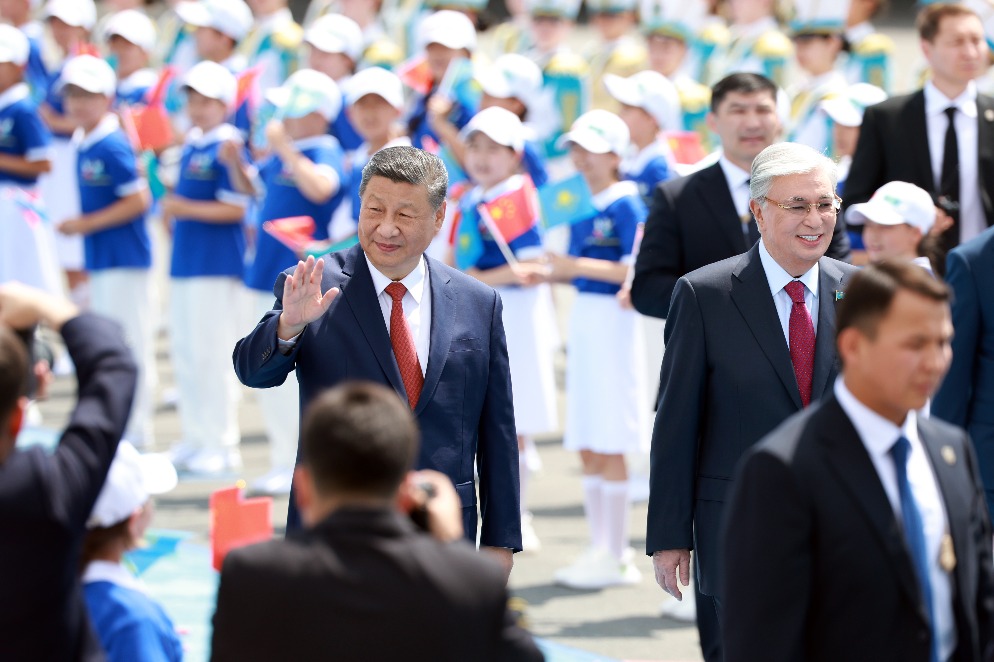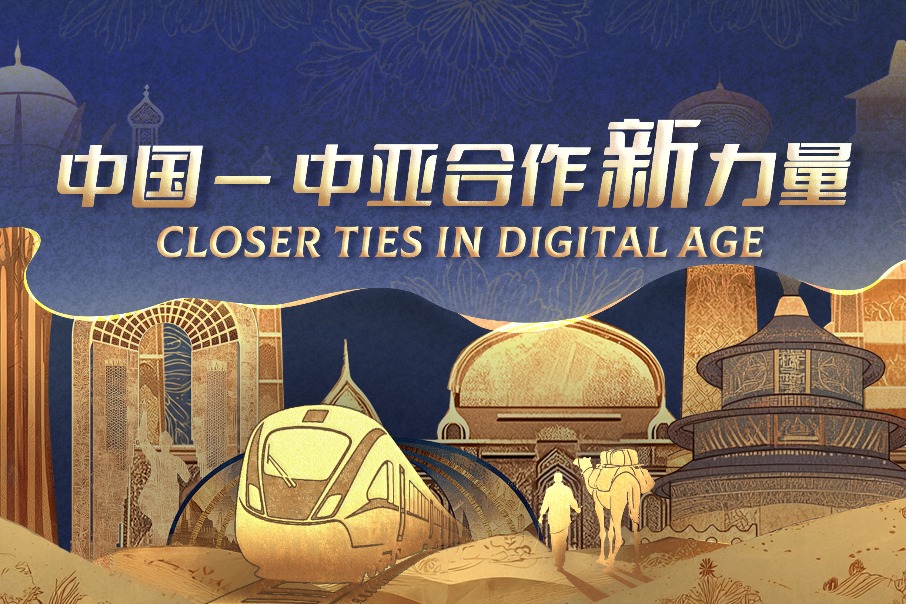Books for children help drive exports

China among countries where demand for paper and ink signals a turnaround
After a decade in which the launch of e-readers such as the Kindle and the iPad promised - or should that be threatened - to supplant old-fashioned paper and ink, sales of physical books are on the rise.
In a range of international markets, e-book sales are down, and those of physical books have recovered.
In the UK, consumer e-book sales reached a peak in 2014 and fell back by 17 percent last year. In the US, digital book sales slumped by 19 percent in 2016.
Publishers in Britain, Australia and elsewhere have reported a surge in exports, particularly driven by demand for children's books from countries such as China.

Amazon, which introduced the Kindle in 2007 and also challenged traditional bookstores through its domination of online book sales, has acknowledged the trend by opening brick-and-mortar stores. It now has seven in New York alone.
Publishers and book lovers cite a series of factors behind the turnaround. There is the phenomenon of screen fatigue, which prompts readers to turn to a physical book after a day in front of a computer. Then there are the health warnings about not staring at a glowing screen in bed if you want a good night's sleep.
Die-hards have always insisted that an e-book can never be a substitute for the look, touch and even smell of the physical variety. Publishers have seized on the tactile qualities of traditional books to make their products even more attractive - fancier covers, better illustrations, newly reissued digests and selections of classic works to tempt customers at the checkout.
There have been some bizarre and unlikely innovations along the way. Who would have predicted the popularity of adult coloring books?
In many markets, including China, the paper and ink fight-back has been led by children's books. Overall, almost a quarter of books in China are aimed at children, and such sales grew by almost a third in 2016.
Industry watchers say the strength of the Chinese children's book market is linked to the importance that Chinese parents give to education. Reading for pleasure is encouraged, and tax reforms have encouraged the evolution of physical bookstores into cultural hubs. Surveys worldwide indicate that even the teens-to-twenties digital generation prefer physical books by as much as a two-thirds margin. Many say they like the look and feel of the real thing, and some even make the point that physical books and book-lined shelves are a status symbol.

Andrew Keen, a British-American author and entrepreneur who warns that digital culture threatens to undermine authoritative fact based culture, has argued that physical books can be part of the answer. "We are living in a time where information is of course free and extremely unreliable, mostly propagandist," he told a London book fair at the end of last year.
He predicted that the publishing industry was on the verge of a renaissance at a time when physical books were becoming attractive to younger audiences amid the confusion of this "post-truth world".
On a practical level, e-books are no longer automatically the cheap option. Measures in some countries to protect authors' rights and the decision of some publishers to increase e-book rates to protect physical sales has reduced the price advantage of the digital product.
The market is still evolving, and it is still not clear if book lovers are witnessing a rebirth of independent stores or whether sales will inevitably be dominated by the new megaretailers. The answer has consequences for the future of publishing and the well-being of authors, many of whom have seen incomes decline despite a rise in sales.
Educationalists would probably agree that, when it comes to the burgeoning youth market, it does not much matter whether the young read from a book or an e-reader. The important thing is they should read.
The author is a senior media consultant for China Daily. Contact the writer at [email protected]
(China Daily European Weekly 06/02/2017 page11)
Today's Top News
- Xi, Tokayev attend ceremony of exchanging cooperation documents
- DPP's restrictions sellout of island's interests
- Astana Summit forges strong bulwark against increasing global turbulence
- Xi meets Kazakh President Kassym-Jomart Tokayev
- Xi arrives in Astana for China-Central Asia Summit
- Xi leaves for 2nd China-Central Asia Summit






























